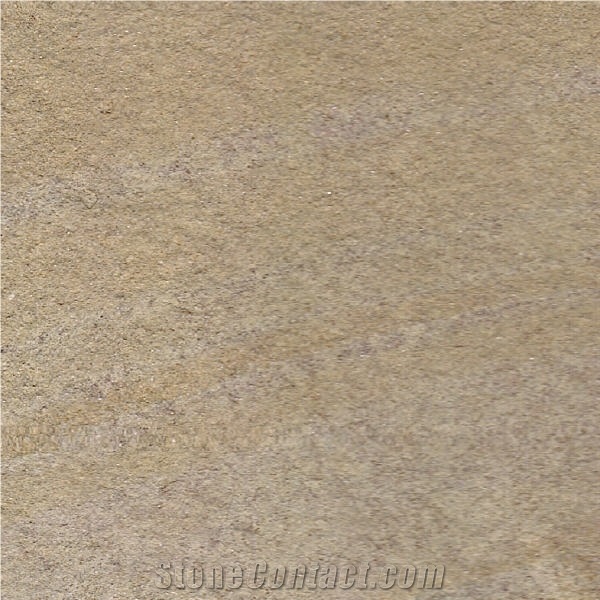Paras Bali Silakarang Sandstone
 Indonesia
(Bali)
Indonesia
(Bali)
Paras Bali Silakarang Sandstone, often referred to as Bali Sandstone, is a fine-grained, Balinese original soft sandstone quarried in the region of Bali, Indonesia. Known for its distinctive earth gray and warm golden beige hues, this sandstone is favored for its aesthetic appeal and versatility in various applications. Below is a detailed description of its physical and mechanical properties, chemical and mineral composition, common applications, maintenance guidance, available sizes, and surface finishes.
Physical and Mechanical Properties
- Water Absorption:Typically ranges between 3% and 6%, which is relatively high, signifying a porous nature common to many types of sandstone.
- Density:Approximately 2.2 to 2.4 g/cm³. This moderate density makes it lightweight compared to denser stones like granite.
- Flexural Strength:Can range from 3 to 8 MPa. This indicates a moderate ability to withstand bending forces, suitable for certain architectural applications.
- Compressive Strength:Generally between 40 to 60 MPa. This signifies moderate ability to withstand load-bearing applications, enough for most decorative and non-structural purposes.
- Hardness:Rates between 3 and 4 on the Mohs scale. This translates to relatively softness, allowing for easier cutting and shaping, but requires care to avoid scratching.
- Porosity:Approximately 10% to 20%, contributing to its natural insulating properties and susceptibility to water absorption.
- Slip Resistance:Varies based on finish but generally adequate for most internal applications. Special finishes might be required for highly wet areas to enhance slip resistance.
Chemical and Mineral Composition
Chemical Composition:
- Silica (SiO₂): 60% - 70%
- Alumina (Al₂O₃): 10% - 15%
- Iron Oxides (Fe₂O₃): 2% - 5%
- Calcium Carbonate (CaCO₃): 5% - 10%
- Magnesium Oxide (MgO): 1% - 3%
Mineral Composition:
- Primarily composed of quartz, followed by feldspar, and minor clay minerals. The presence of iron oxides typically gives the stone its warm, earthy hues.
Usage
- Interior and Exterior Wall Cladding: Benefiting from its aesthetic appeal.
- Paving and Flooring: Suitable for low-traffic areas due to moderate wear resistance.
- Decorative Features: Such as columns, fountains, and statues.
- Architectural Elements: Including balustrades and moldings.
Maintenance
- Sealing: Regular sealing recommended, especially for highly porous variations, to protect against staining and moisture ingress.
- Cleaning: Use pH-neutral cleaners specifically formulated for natural stone. Avoid acidic or abrasive substances that may damage the surface.
Cutting Sizes (Commonly Available)
- Standard tiles: 30x30 cm, 30x60 cm, 60x60 cm.
- Custom sizes available upon request depending on quarry output and supplier capabilities.
Common Surface Finish Options
- Honed: Smooth and matte, providing a more contemporary look while enhancing slip resistance.
- Polished: Shiny and reflective, though less common given the stone's porosity.
- Natural Cleft: Retains the stone's natural texture, perfect for rustic aesthetics.
- Sandblasted: Enhanced texture without losing its natural look, improving slip resistance for exterior applications.
Paras Bali Silakarang Sandstone is a popular choice for designers and architects seeking a natural, elegant stone that brings warmth and a touch of nature into various settings. Its ease of manipulation and aesthetic versatility make it a favored option for many projects, blending seamlessly with a wide range of architectural styles.
The request includes: 1. surface finished, size 2. quantity required







